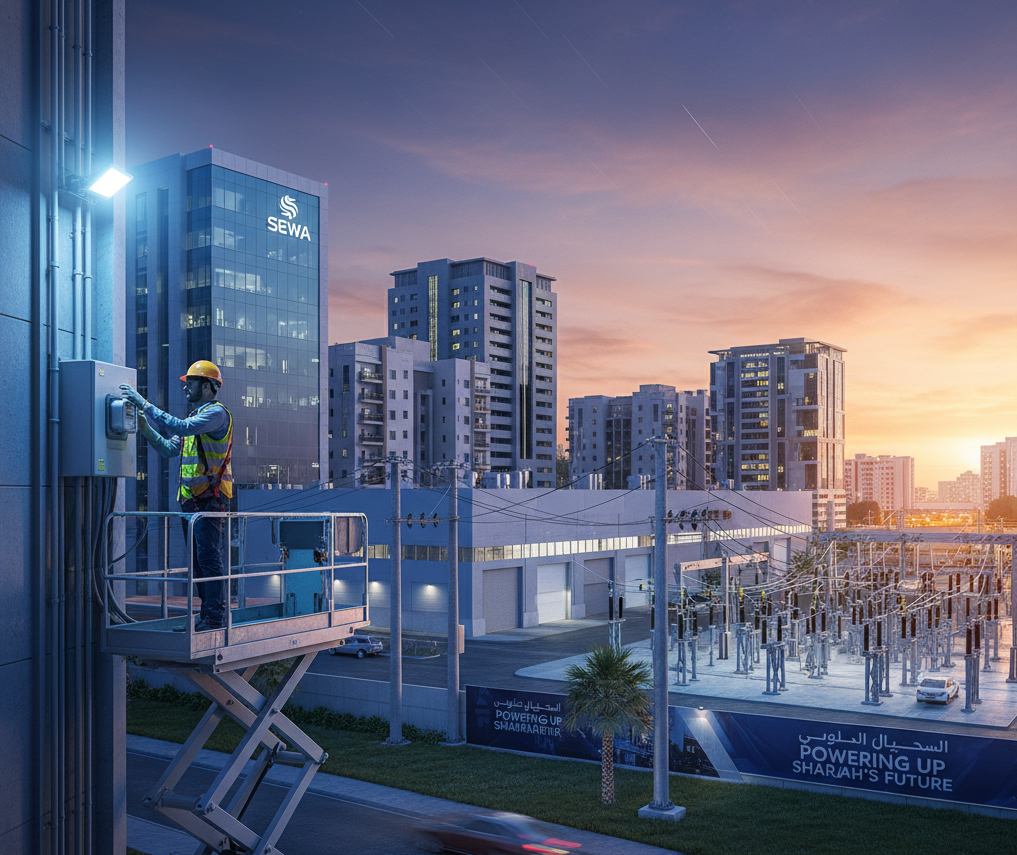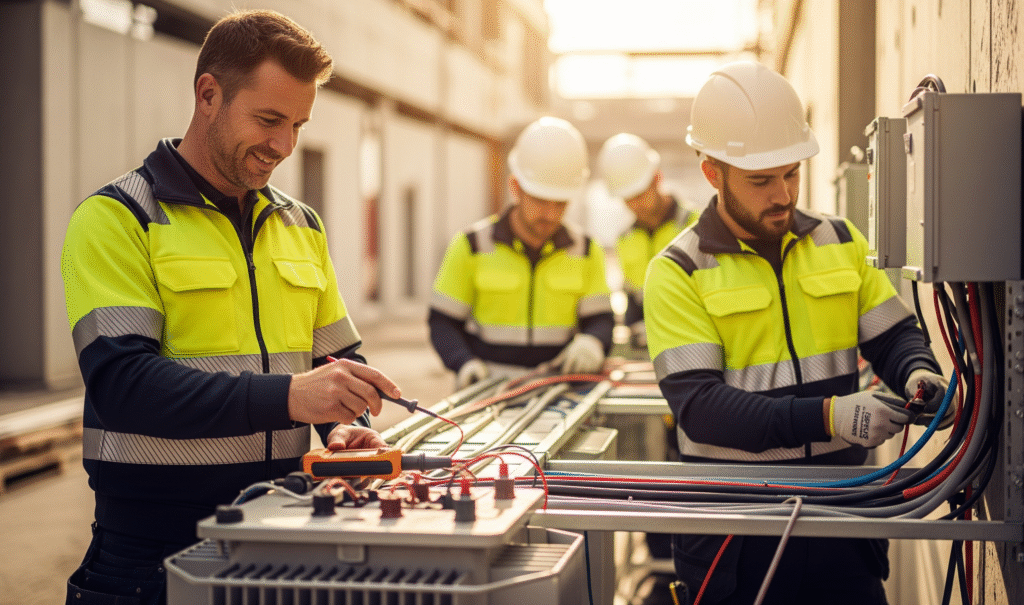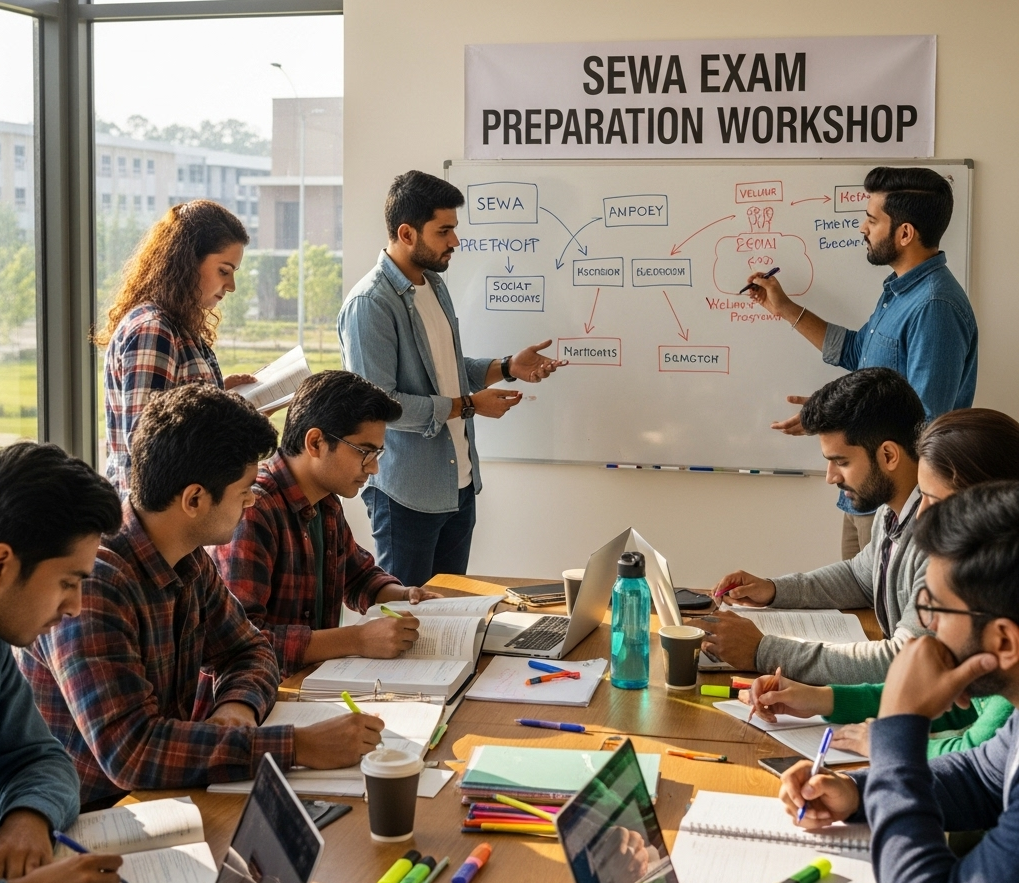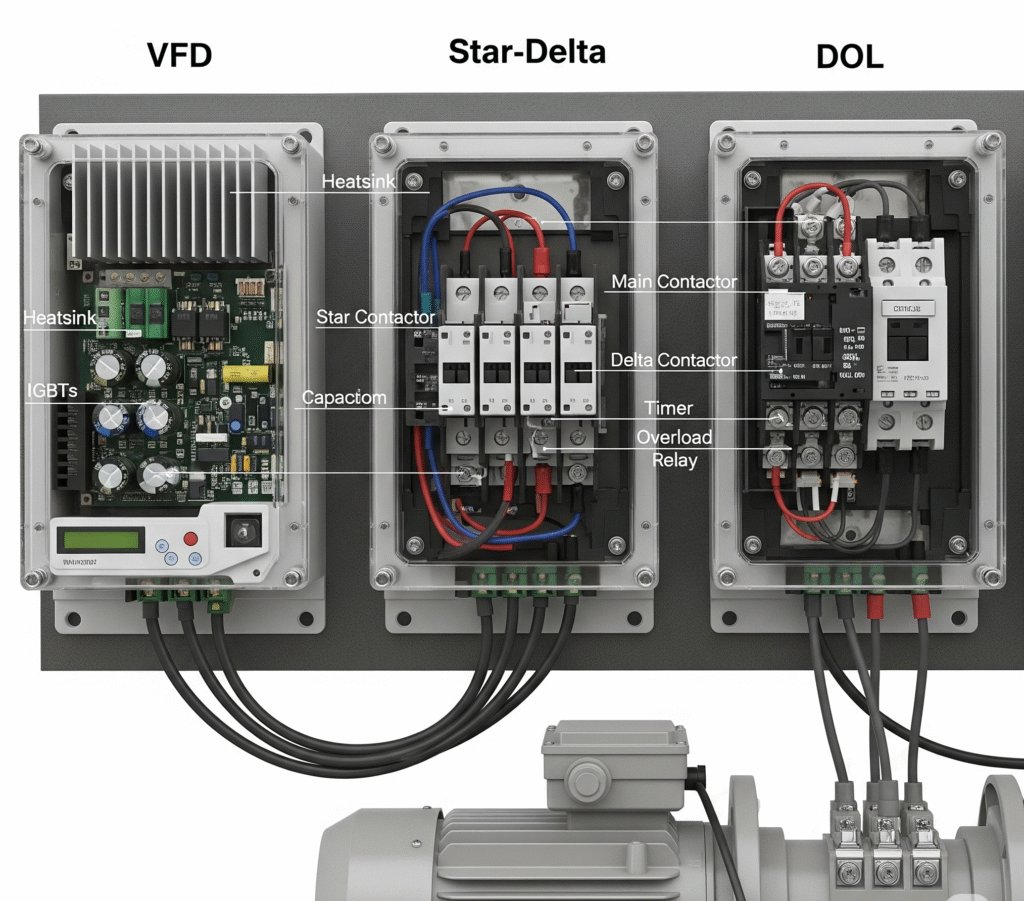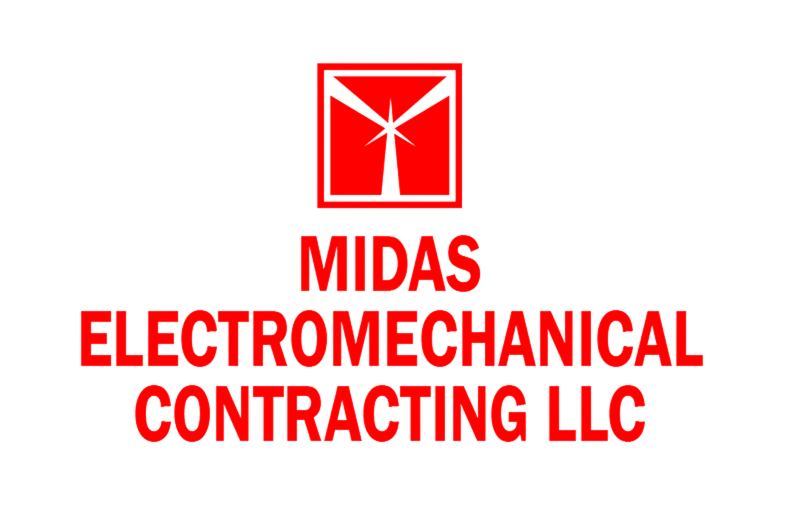Living and working in a dynamic emirate like Sharjah often means growth. Your business might be expanding with new machinery, your company might be moving into a larger office, or your family home might be installing a new central air conditioning system. With this growth comes an increased demand for electricity. If your lights are flickering, your circuit breakers are frequently tripping, or you’re planning a major expansion, it’s a clear sign you need to upgrade your power connection.
Navigating the process can seem daunting, but the Sharjah Electricity, Water and Gas Authority (SEWA) has a structured system in place. This guide will walk you through the steps to upgrade your power load for any industrial, commercial, or residential property in Sharjah.
Why Would You Need a Power Upgrade?
Before diving into the “how,” let’s quickly cover the “why.” You typically need to apply for an additional power load if you are:
- Expanding your property: Adding a new section to your villa or an extension to your warehouse.
- Installing heavy-duty equipment: This could be new industrial machinery, commercial kitchen appliances, multiple EV chargers, or a powerful new AC unit.
- Changing the property’s use: Converting a residential villa into a commercial space, for example.
- Experiencing frequent power trips: This indicates that your current sanctioned load is insufficient for your needs.
The General Process: A Step-by-Step Overview
While the specific requirements vary slightly between residential, commercial, and industrial properties, the core process for a power upgrade with SEWA generally follows these steps:
- Determine Your Required Load: The first step is to calculate your new total electricity load requirement in kilowatts (kW). It is highly recommended to hire a SEWA-approved electrical contractor or consultant for this. They will assess your current and future needs, calculate the required load accurately, and prepare the necessary technical drawings.
- Application Submission: The application is submitted to SEWA, either online through the SEWA e- service portal of the consultant or the contractor. This is where you will submit all the required documents.
- Technical Evaluation & Site Inspection: SEWA engineers will review your application and the technical drawings. They will conduct a site inspection to assess the existing infrastructure and determine the feasibility of the upgrade.
- Quotation & Fee Payment: Based on the inspection, SEWA will issue a quotation for the upgrade. This cost covers new cables, transformers (if needed), meters, and other infrastructure changes. Once you approve the quotation, you must pay the required fees.
- Execution of Work: After payment, SEWA or their approved contractor will carry out the necessary external electrical work. Simultaneously, your private contractor will handle any required internal wiring upgrades within your property to match the new load.
- Final Inspection & Connection: Once all internal and external work is complete, SEWA will conduct a final inspection. If everything complies with their standards, they will install the new meter and activate your upgraded power connection.
Upgrading Power for Industrial Properties
Industrial facilities like factories and warehouses have the most stringent requirements due to their high power consumption and safety considerations.
Key Considerations:
- Load Calculation is Critical: Accurately calculating the load from heavy machinery is paramount. Your consultant will need detailed specifications for all equipment.
- Substation Requirements: For very large load increases, you may be required to build and maintain a dedicated substation on your premises according to SEWA specifications.
- Multiple Approvals: You may need approvals from other bodies like Sharjah Municipality or the relevant free zone authority.
Documents Typically Required:
- Application form for additional power load.
- Valid Industrial/Trade License from the Sharjah Economic Development Department (SEDD)/ free zone auth.
- Property ownership documents (Title Deed) or valid Tenancy Contract.
- Owner’s Emirates ID and passport copy.
- Affection Plan/Site Plan from the Sharjah Directorate of Town Planning and Survey.
- SEWA-approved electrical drawings (Load calculation, single-line diagrams, site layout) prepared by an approved consultant.
- No Objection Certificate (NOC) from the property owner if you are a tenant.
Upgrading Power for Commercial Properties
This category includes offices, retail shops, restaurants, and other business establishments. The process is similar to industrial upgrades but typically on a smaller scale.
Key Considerations:
- Future-Proofing: Consider potential future needs. It’s more cost-effective to apply for a slightly higher load now than to go through the process again in a year.
- Compliance with Building Codes: Ensure all internal wiring, distribution boards (DBs), and circuit breakers are compliant with SEWA regulations.
Documents Typically Required:
- Application form.
- Valid Trade License from SEDD/ free zone auth.
- Tenancy Contract and recent SEWA bill.
- Owner’s and tenant’s Emirates ID copies.
- Affection Plan for the property.
- Detailed electrical drawings from a SEWA-approved contractor showing the proposed load distribution.
- NOC from the property owner.
Upgrading Power for Residential Properties
For villas and apartments, the process is generally more straightforward. The most common reason for an upgrade is the installation of a central AC system, a swimming pool pump, or an electric vehicle (EV) charger.
Key Considerations:
- Consult an Expert: Even for a home, it’s wise to consult a SEWA-approved contractor. They can ensure your home’s internal wiring can handle the increased load safely.
- Landlord Approval: If you are a tenant, you must get your landlord’s permission before starting the process.
Documents Typically Required:
- Application form for an additional load.
- Copy of the Title Deed or property ownership document.
- Owner’s Emirates ID and passport copy.
- Copy of the latest SEWA bill.
- Affection Plan/Site Plan.
- A letter from the owner requesting the upgrade, detailing the reason (e.g., “for installation of new central AC units”).
- Drawings or a report from an approved contractor detailing the new load calculation.
Final Tips for a Smooth Upgrade
- Start Early: The process can take several weeks, from application to final connection. Plan ahead to avoid delays.
- Use SEWA-Approved Contractors: This is non-negotiable. SEWA will only accept drawings and work from contractors and consultants registered and approved by them.
- Keep Your Documents Organized: Having all your paperwork in order will significantly speed up the application process.
- Communicate: Stay in touch with your contractor and the SEWA case officer for updates on your application status.
Upgrading your power supply is a necessary step for growth and modernization in Sharjah. By understanding the process and preparing thoroughly, you can ensure a smooth, efficient, and safe transition to a more powerful future.
Disclaimer: This blog post provides a general guide. SEWA requirements and procedures can change. Always consult the official SEWA website or visit a customer service center for the most current information and forms.

